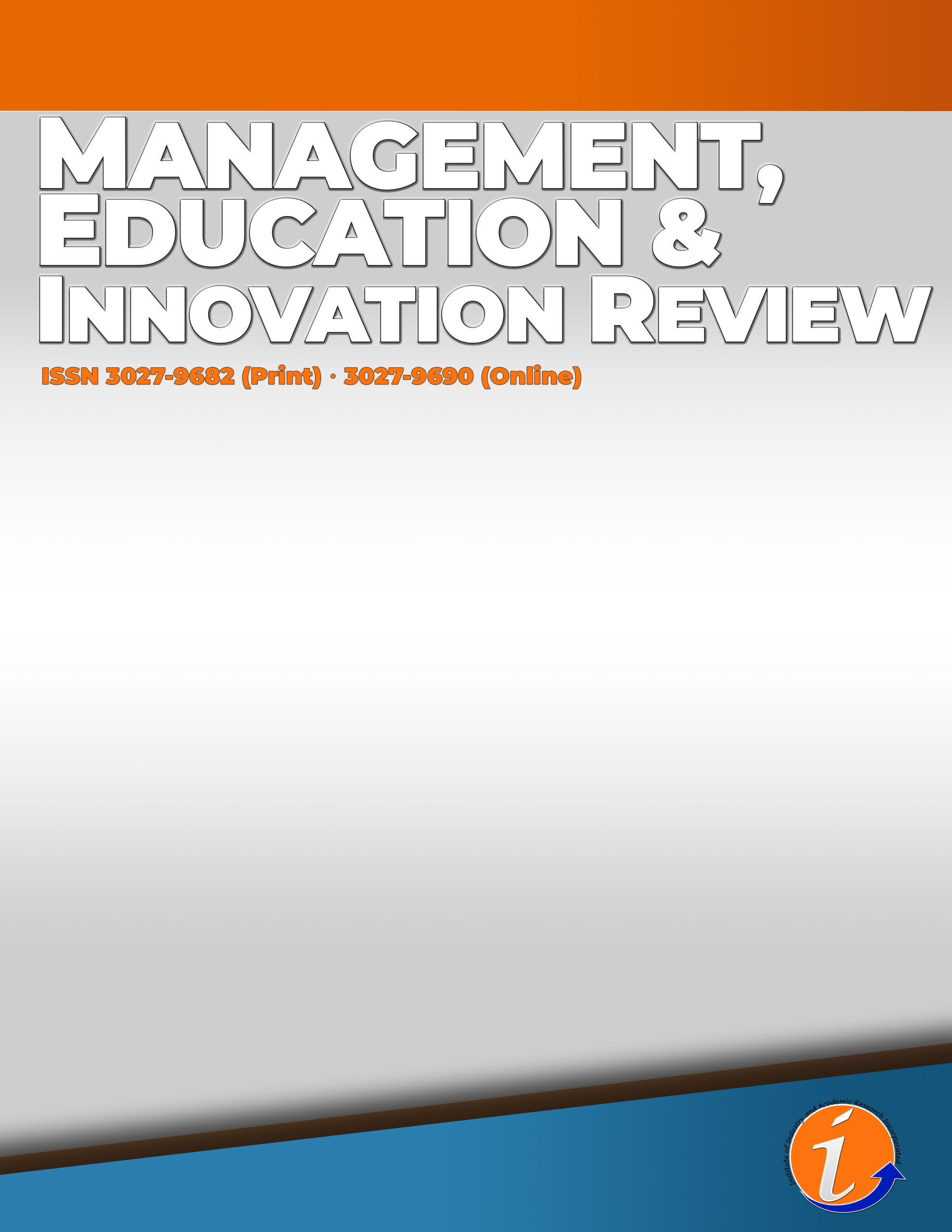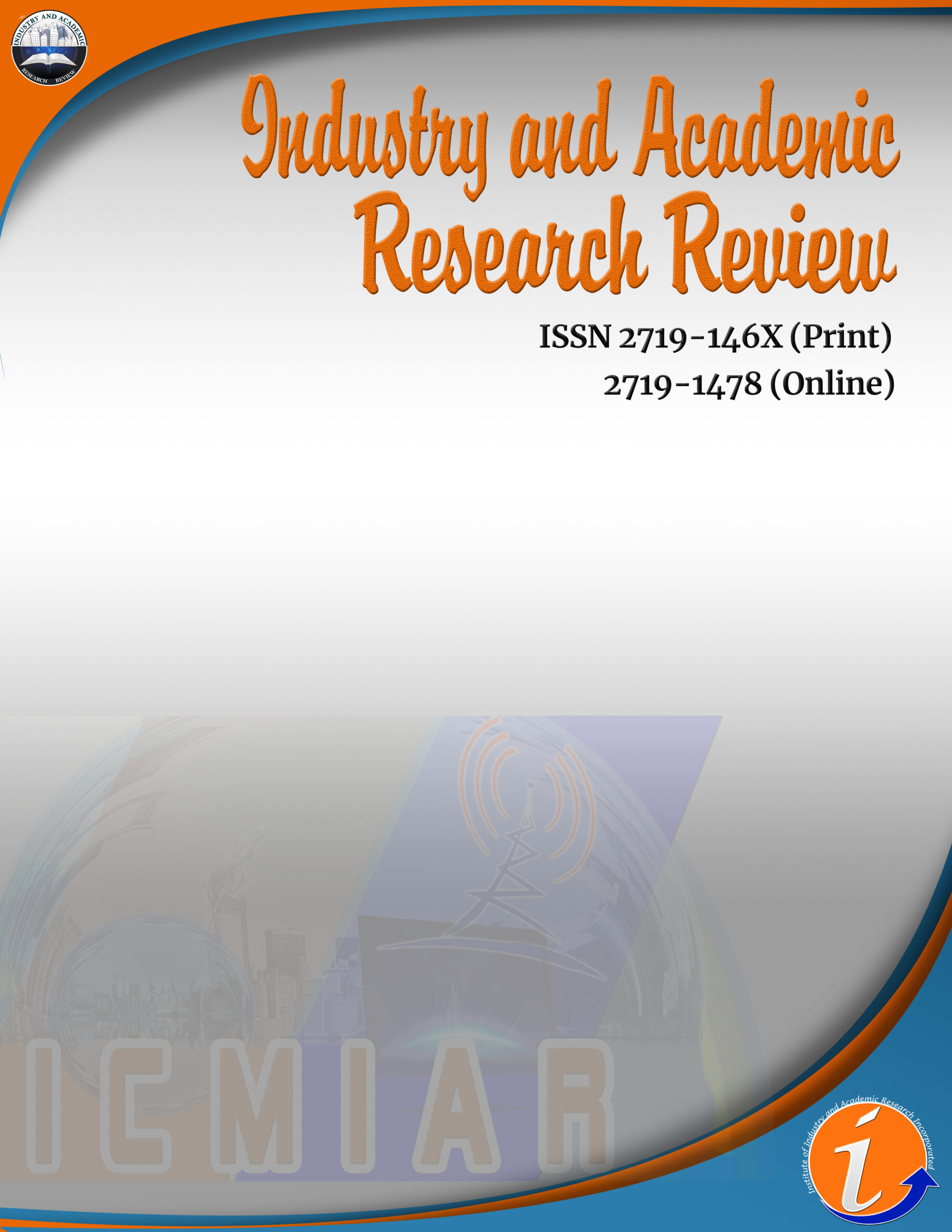The study determined the performance of grade four pupils using a module with technology-enhanced learning aide video lesson as supplemental tool in teaching science. The quasi-experimental pretest-posttest design was employed. The participants of the study were 60 grade four pupils in Science 4 class in a public school elementary school in Aklan. The pupils were divided into the control and experimental groups. Thirty (30) pupils in the control group were taught using pure modular learning while the other 30 pupils in the experimental group were given modules with technology-enhanced learning aide using video lessons as supplemental material. The study applied match-pairing in choosing the participants of the study. A diagnostic pre-test and post-test, which consisted of forty (40) multiple choice items with four options in each item, was used. Results revealed that based on the pre-test performance of the learners in the control and experimental group, both reached average level, a significant difference was obtained in the post-test performance between the control and experimental group. A significant difference was also obtained in the post-test and post-test result, both in the control group using pure modular learning and in the experimental group using technology-enhanced learning aide. Thus, pupils who were given modules with technology-enhanced learning aide performed better as shown in the result of the post-test wherein they reached the mastery level. The results suggest that using technology-enhanced learning aide as supplemental tool in teaching science 4 was remarkably effective compared to pure modular learning.
Technology-enhanced learning aide, supplemental tool, teaching science, pure modular learning
License:
![]()
This work is licensed under a Creative Commons Attribution (CC BY 4.0) International License.







